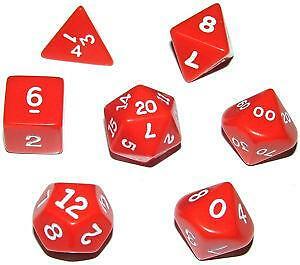Dice rolling: Difference between revisions
Mr. MacKenty (talk | contribs) (Created page with "right|frame|This a problem set for you to work through <ref>http://www.flaticon.com/</ref> This is a problem set. Some of these are easy, others are far m...") |
Mr. MacKenty (talk | contribs) |
||
| Line 9: | Line 9: | ||
== What is this problem set trying to do == | == What is this problem set trying to do == | ||
In this example we are learning about [[lists]], [[conditionals]], and processing user input. | |||
== The Problem == | == The Problem == | ||
Revision as of 07:57, 22 August 2019

This a problem set for you to work through [1]
This is a problem set. Some of these are easy, others are far more difficult. The purpose of these problems sets are:
- to build your skill applying computational thinking to a problem
- to assess your knowledge and skills of different programming practices
What is this problem set trying to do[edit]
In this example we are learning about lists, conditionals, and processing user input.
The Problem[edit]
A common mechanic in computer games is to simulate a dice roll. Please write a function that rolls dice for you and RETURNS the result.
for example: roll_dice(d6,3) <-- would roll a six sided die 3 times and return the result for example: roll_dice(d12,1) <-- would roll a 12 sided dice 1 and return the result for example: roll_dice(d20,4) <-- would roll a 20 sided die 4 times and return the result.
You should model a 4 sided, 6 sided, 8 sided, 10 sided, 12 sided, 20 sided, and 100 sided die.
As extra-credit, you might want to return the result of each roll and then the final total. for example: roll_dice(d6,3) <-- might return 6 3 1 10
How you will be assessed[edit]
Your solution will be graded using the following axis:
Scope
- To what extent does your code implement the features required by our specification?
- To what extent is there evidence of effort?
Correctness
- To what extent did your code meet specifications?
- To what extent did your code meet unit tests?
- To what extent is your code free of bugs?
Design
- To what extent is your code written well (i.e. clearly, efficiently, elegantly, and/or logically)?
- To what extent is your code eliminating repetition?
- To what extent is your code using functions appropriately?
Style
- To what extent is your code readable?
- To what extent is your code commented?
- To what extent are your variables well named?
- To what extent do you adhere to style guide?
References[edit]
A possible solution[edit]
Click the expand link to see one possible solution, but NOT before you have tried and failed!
not yet!
